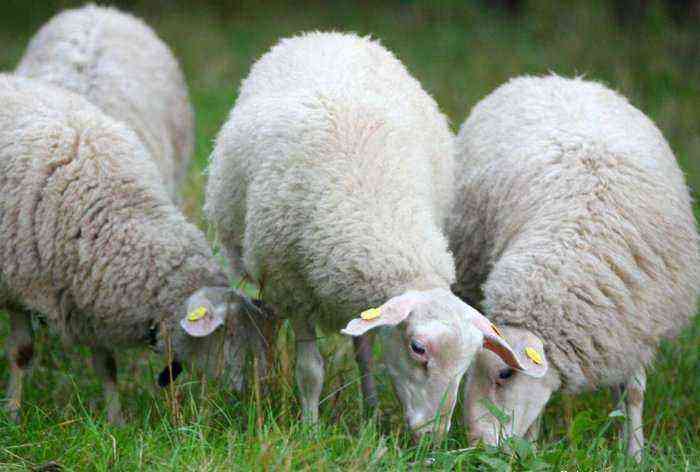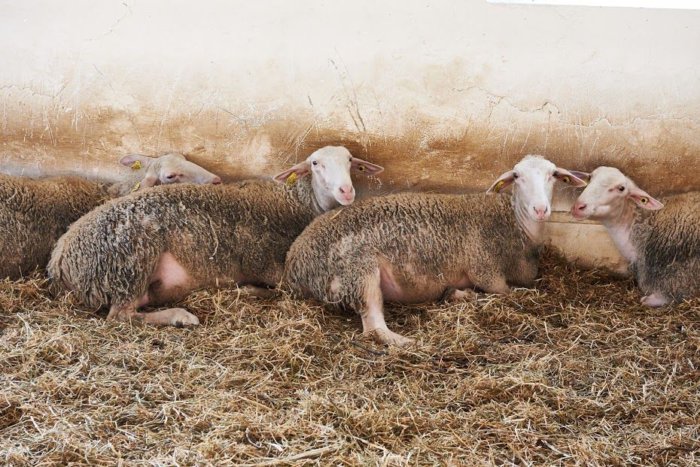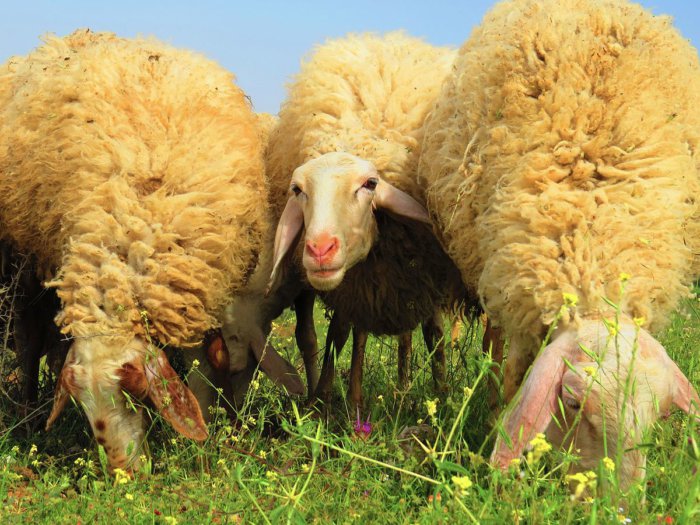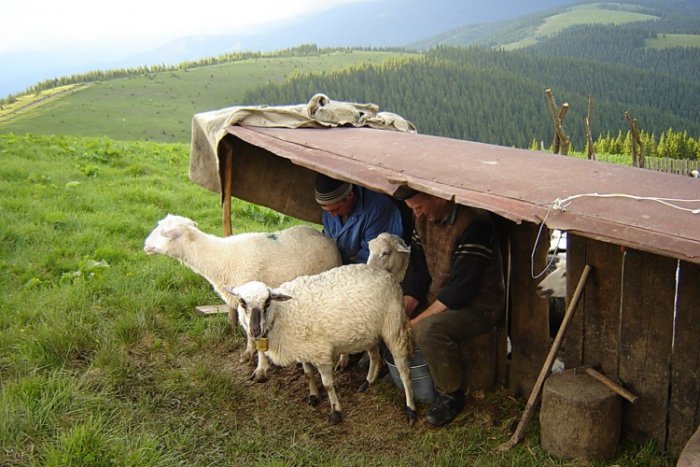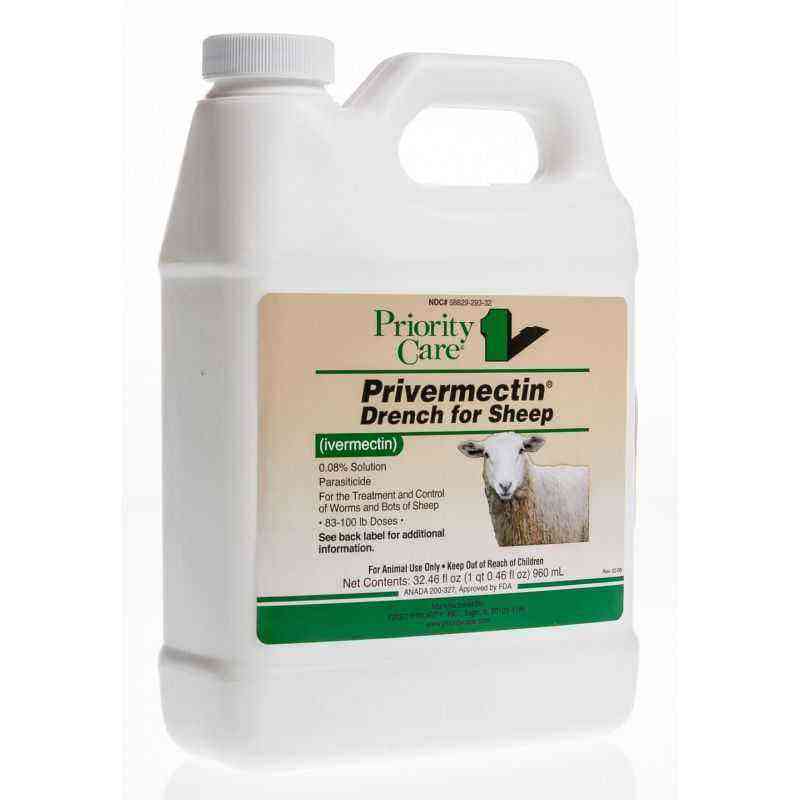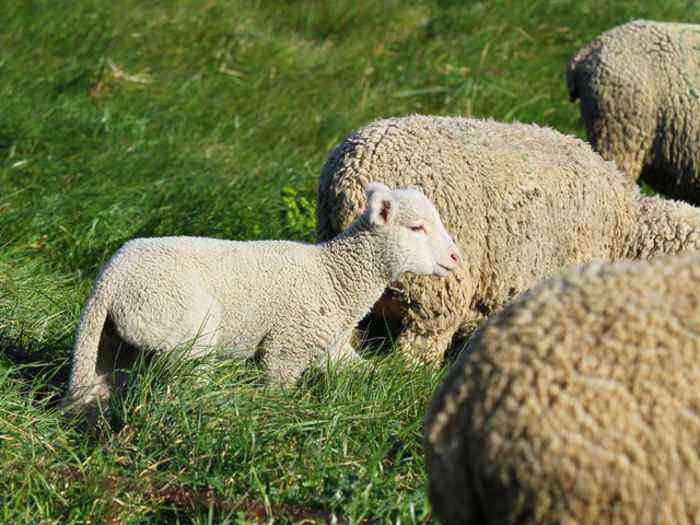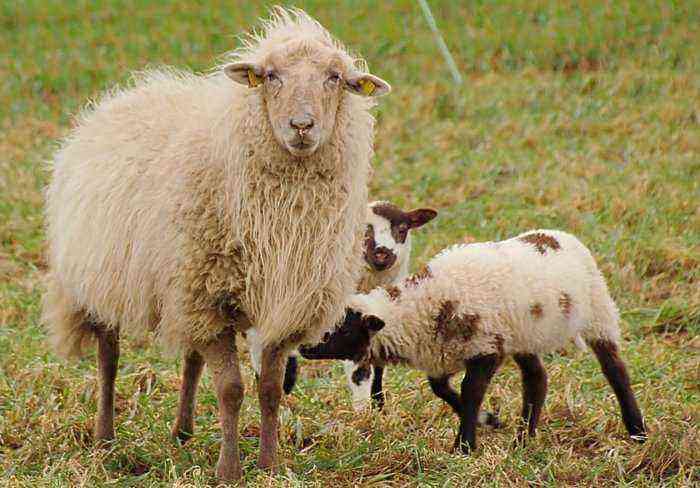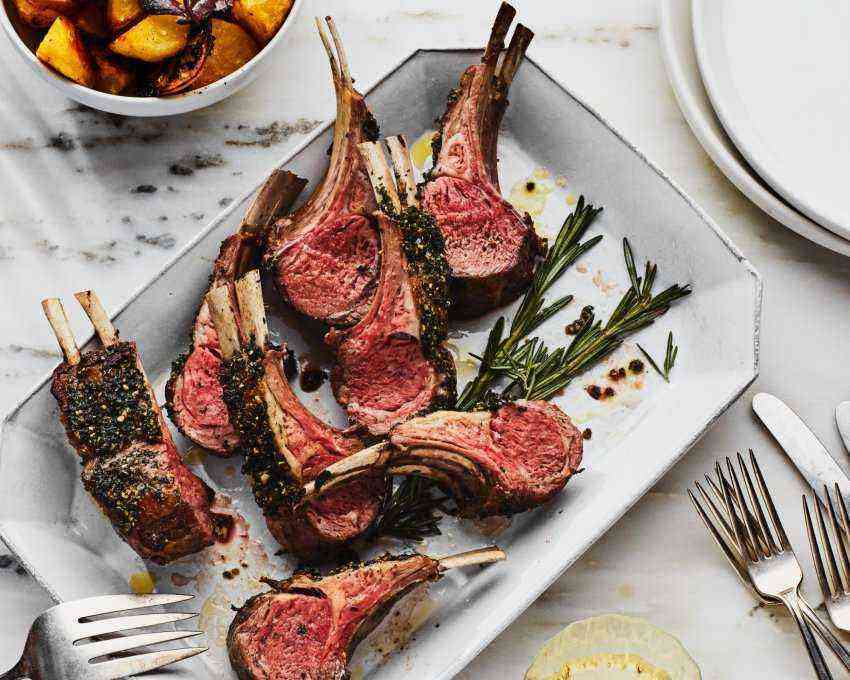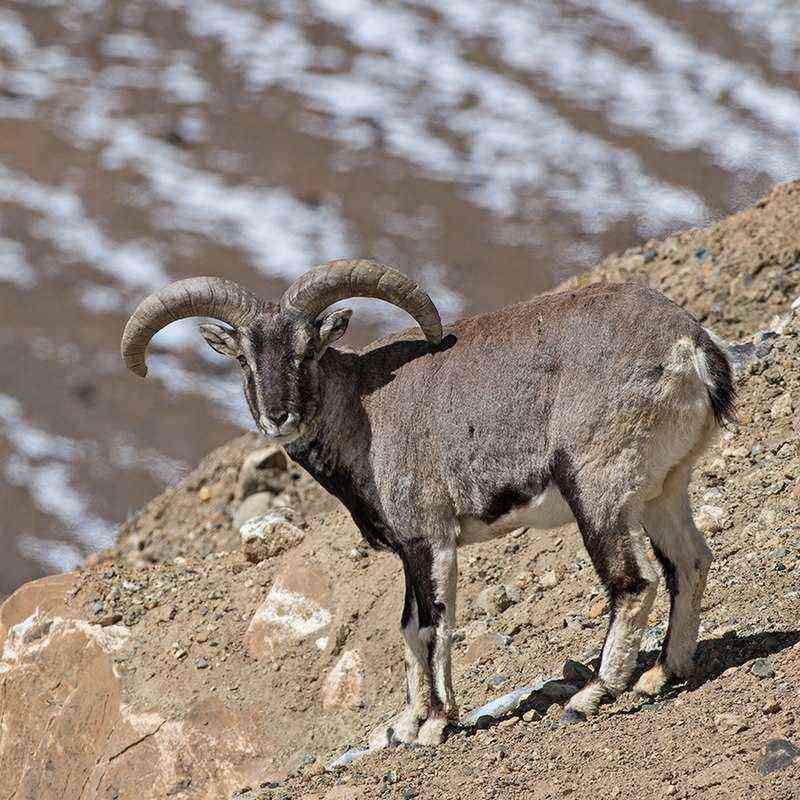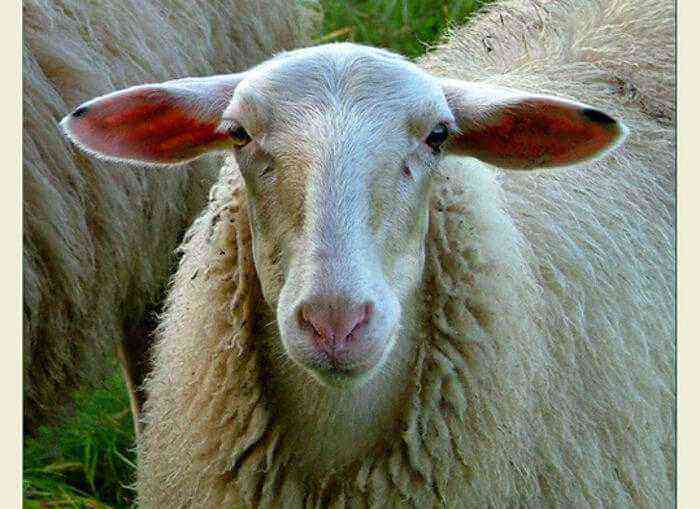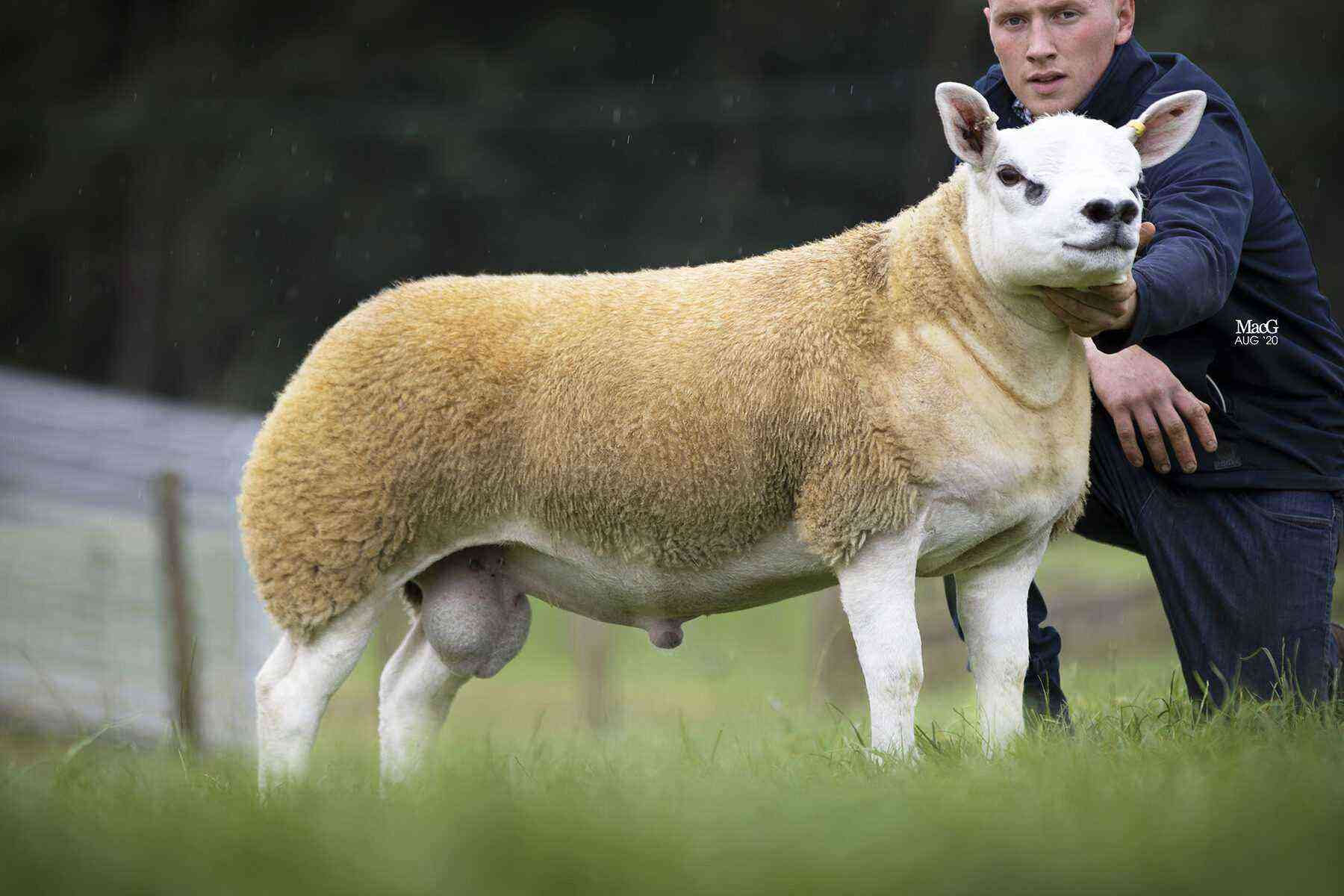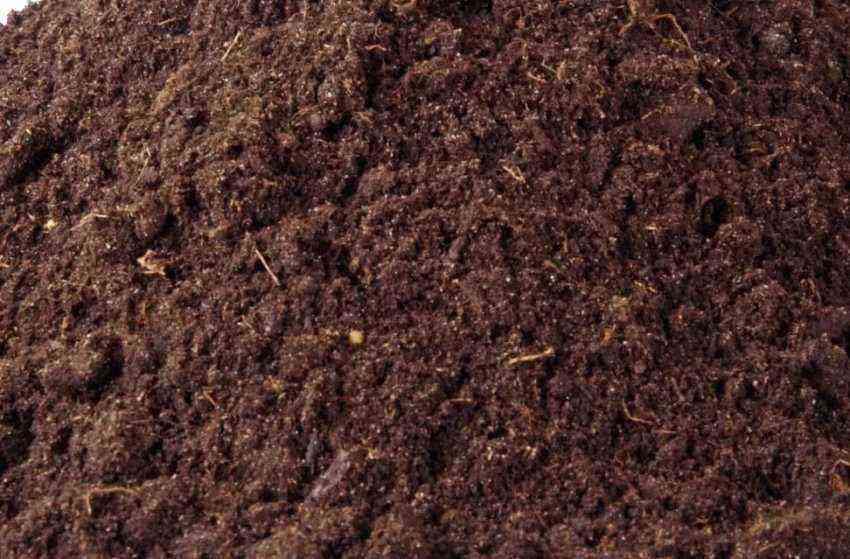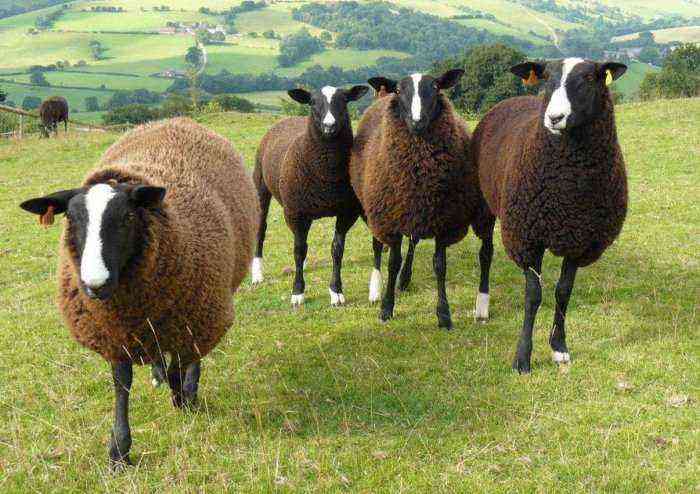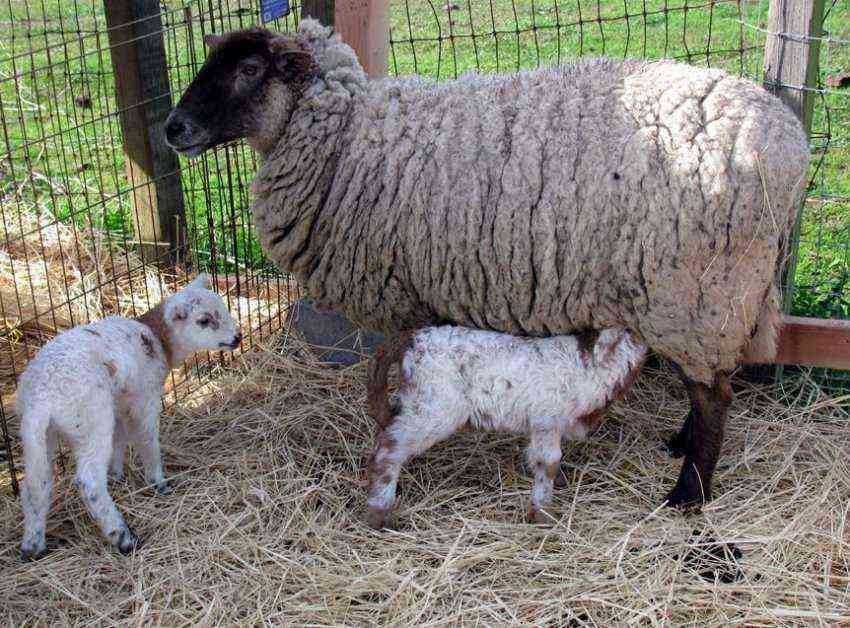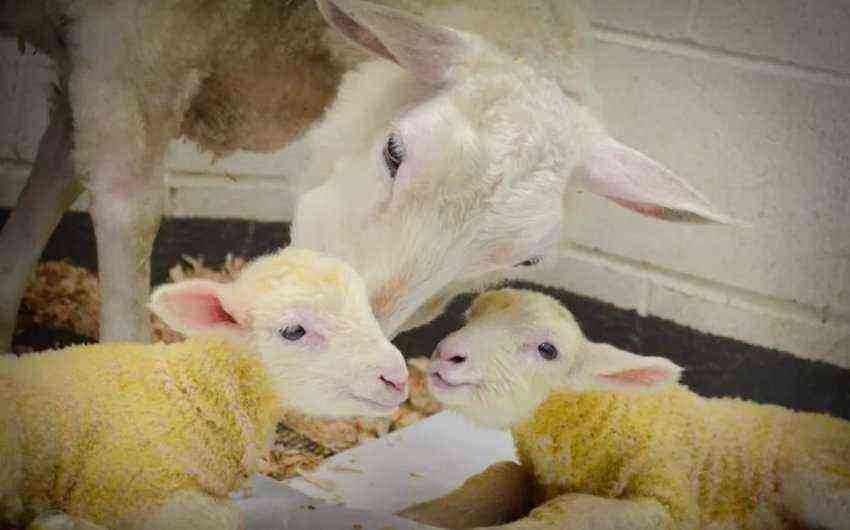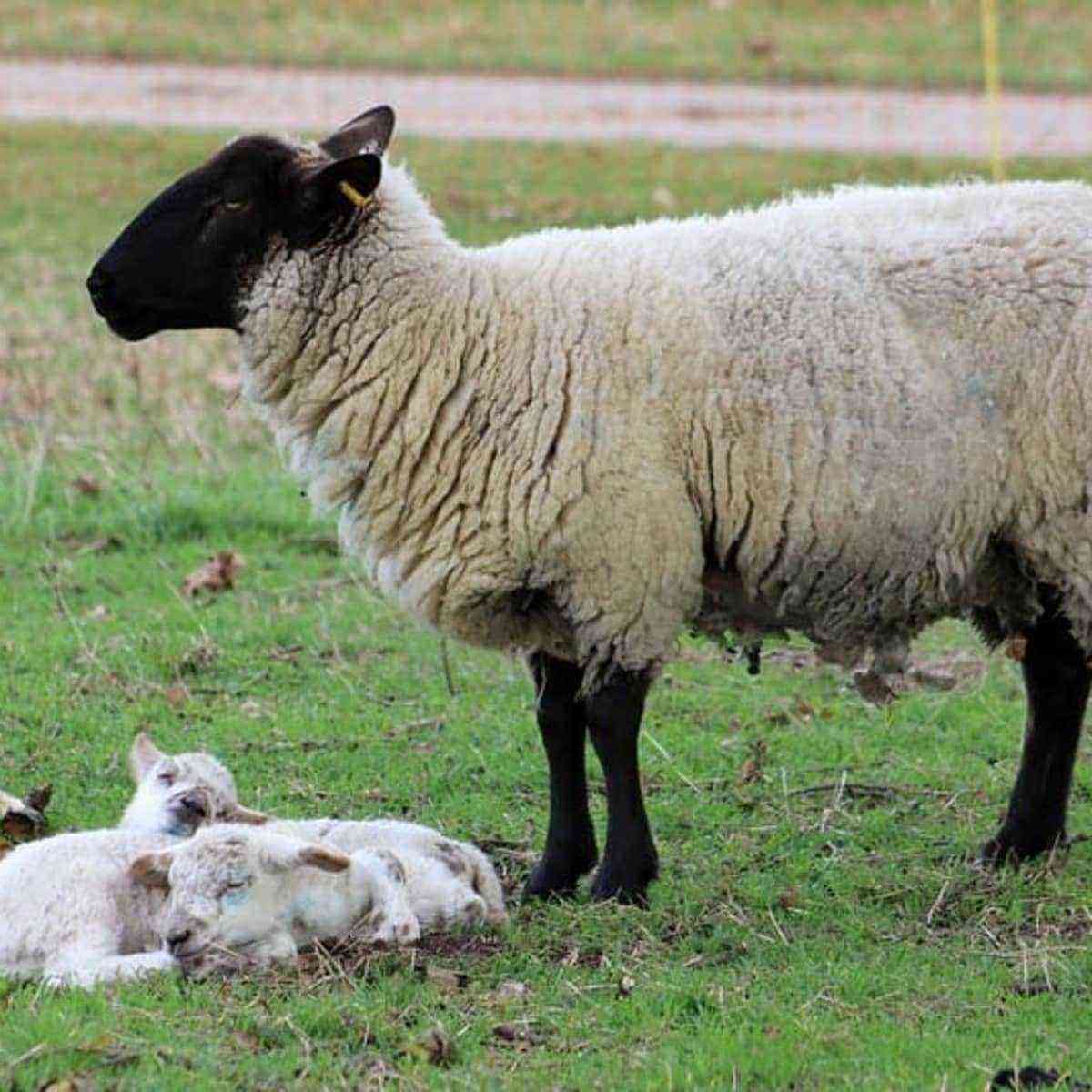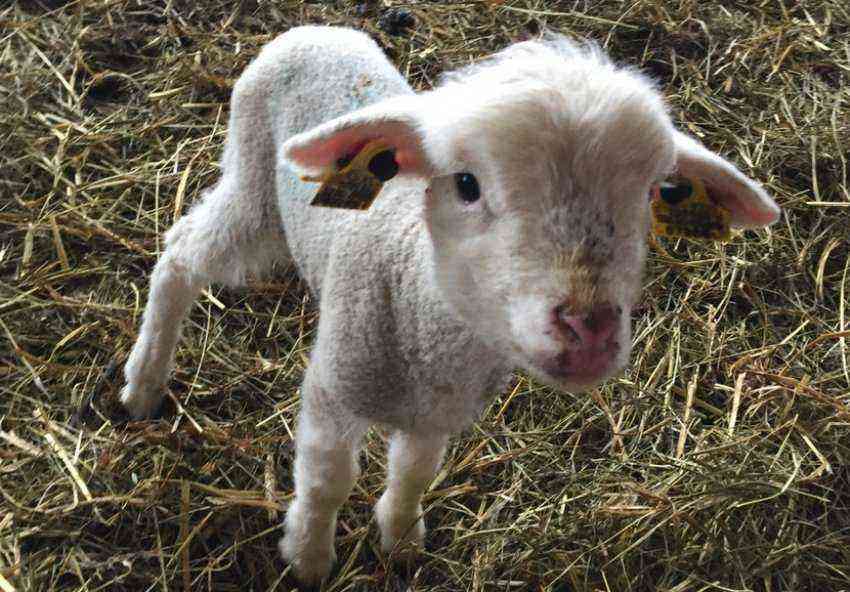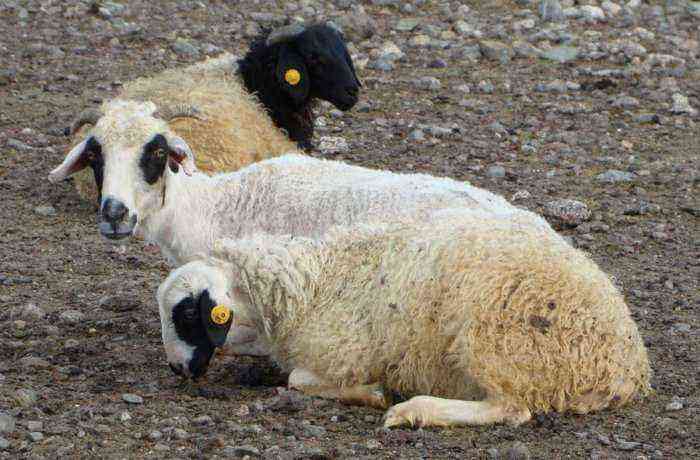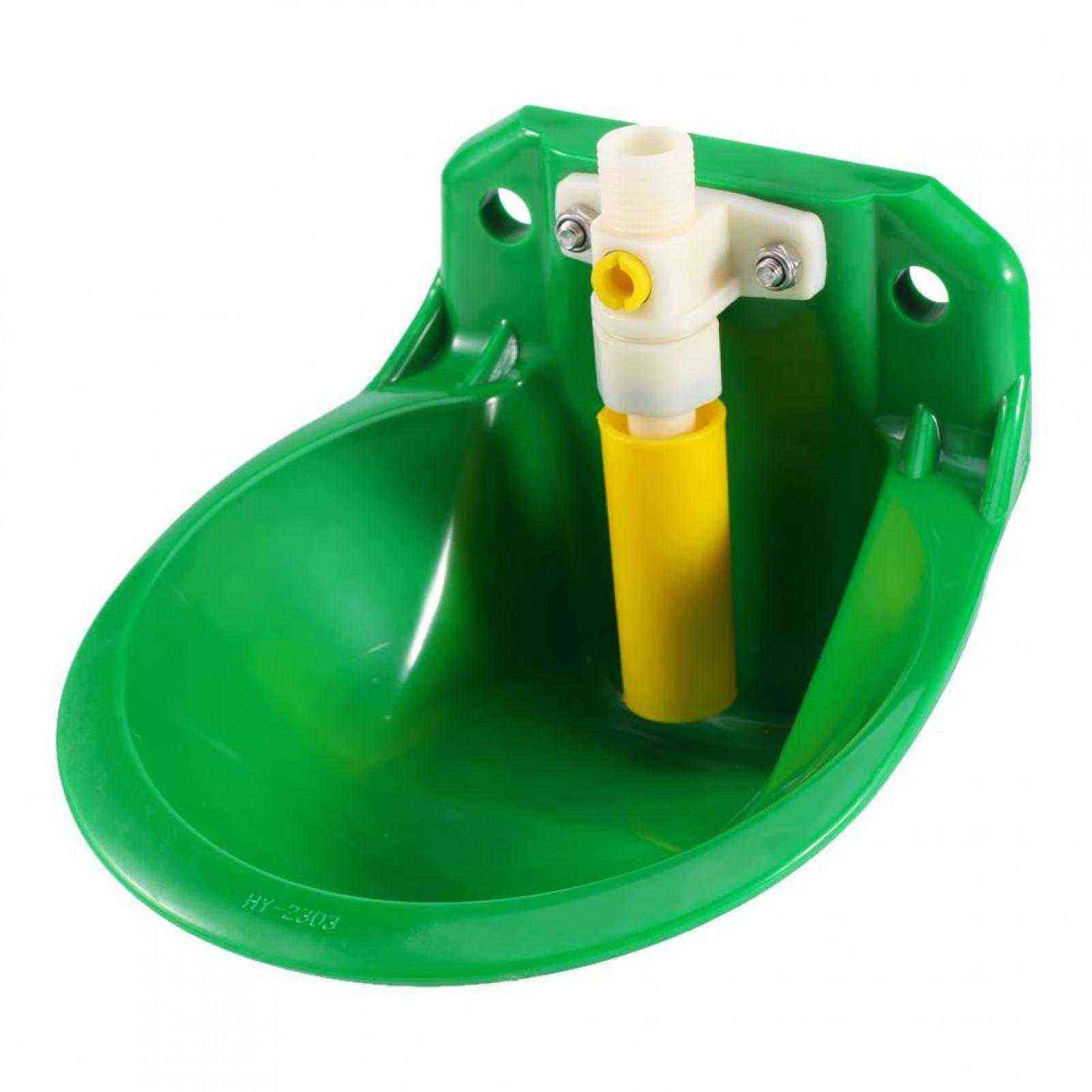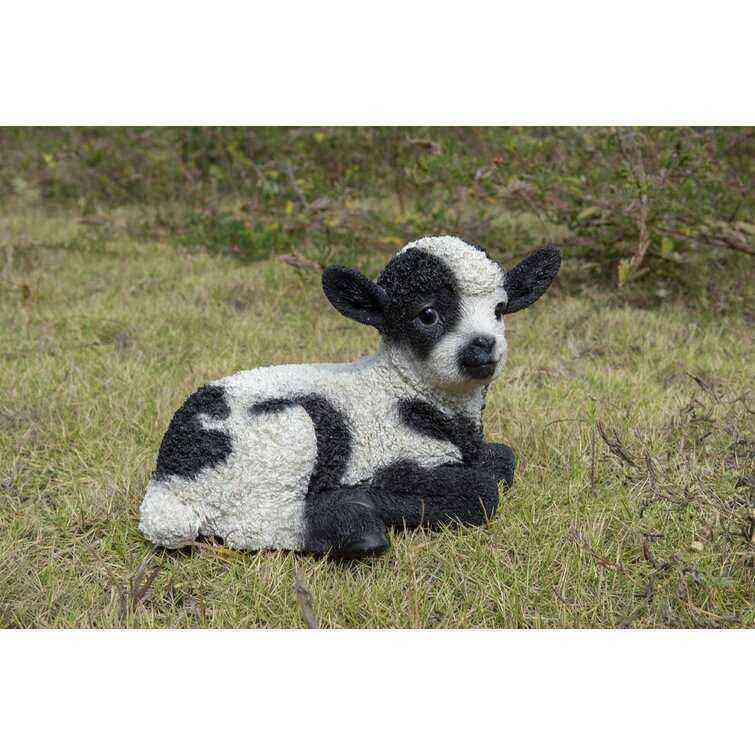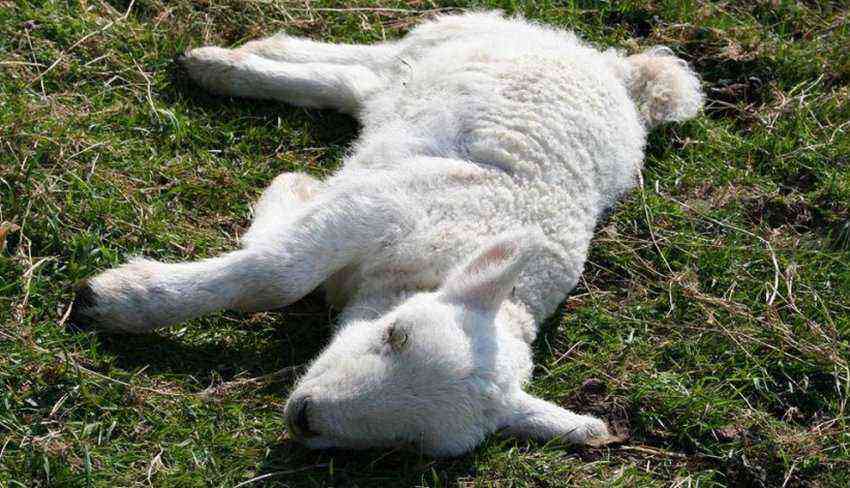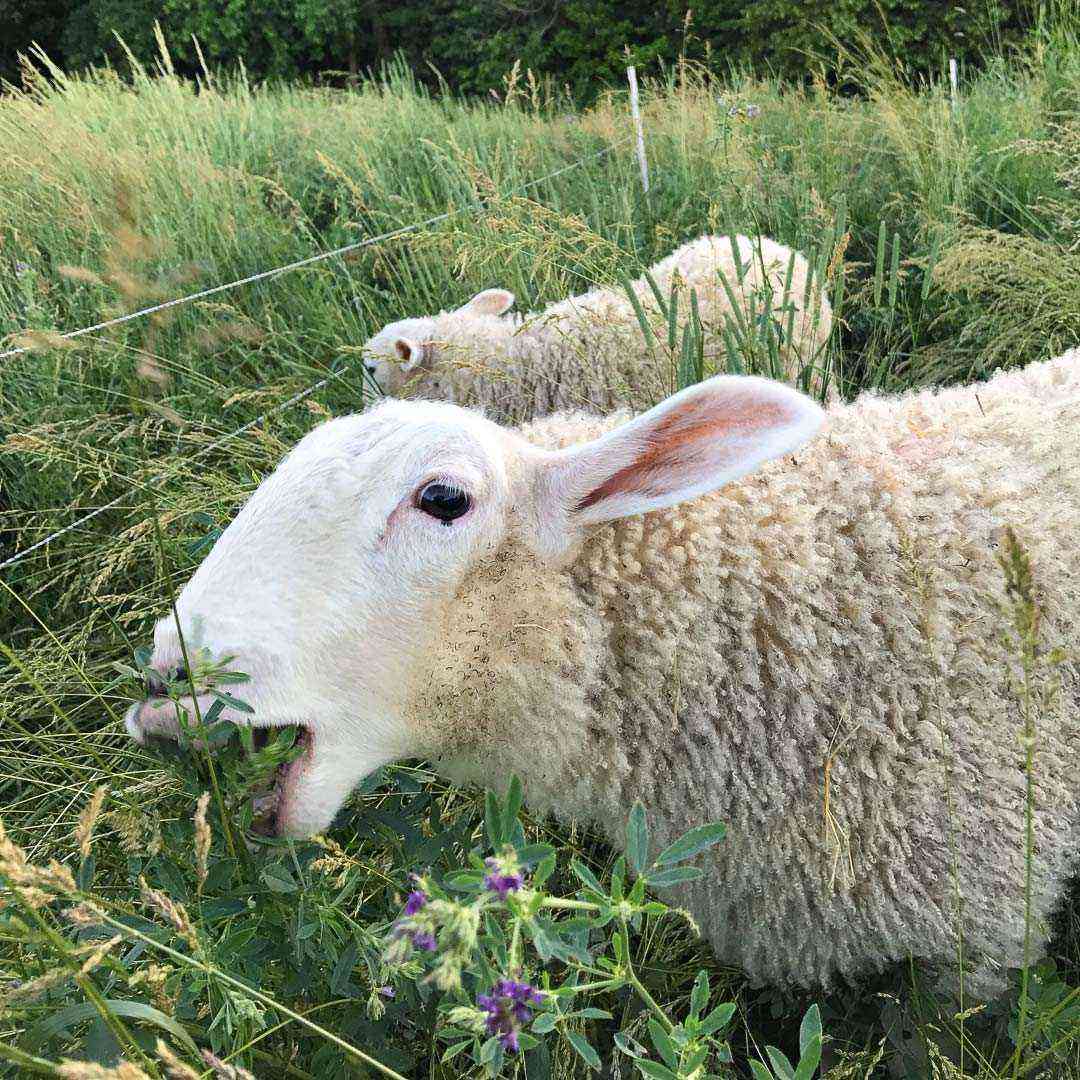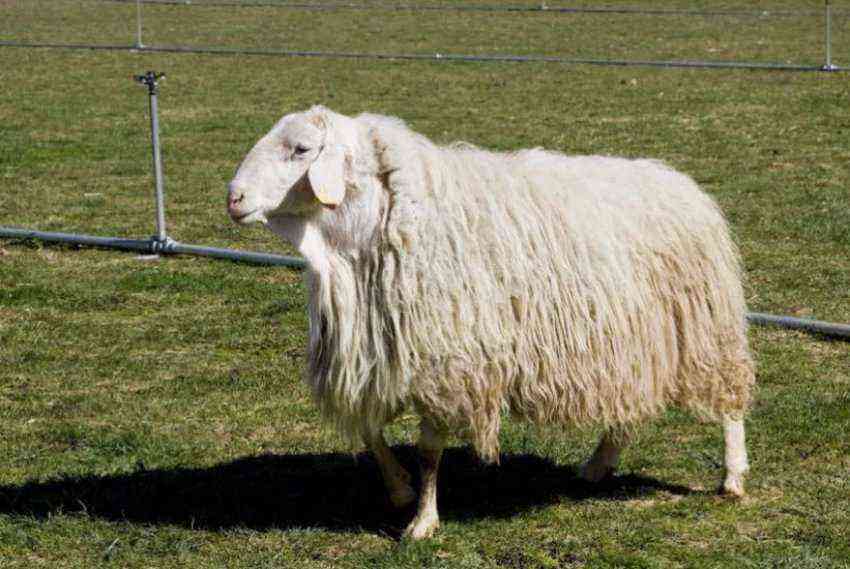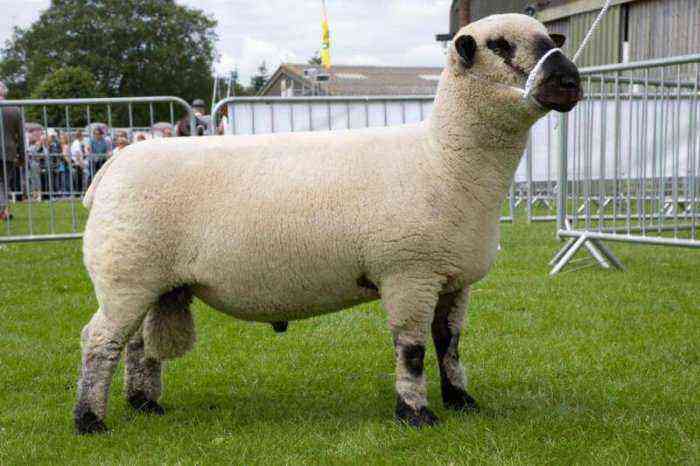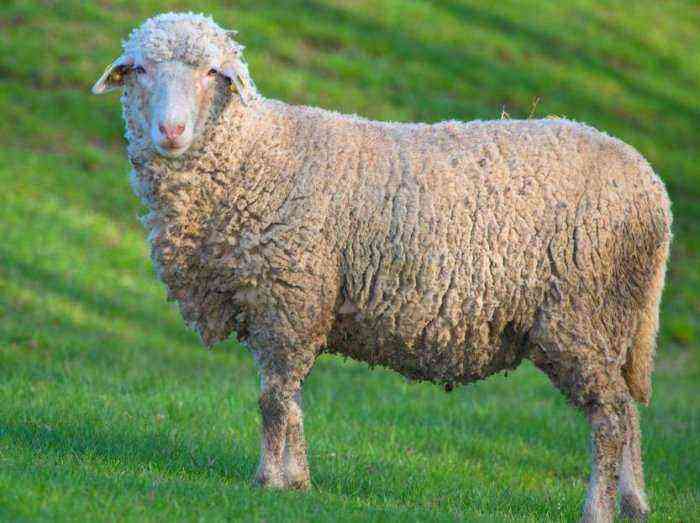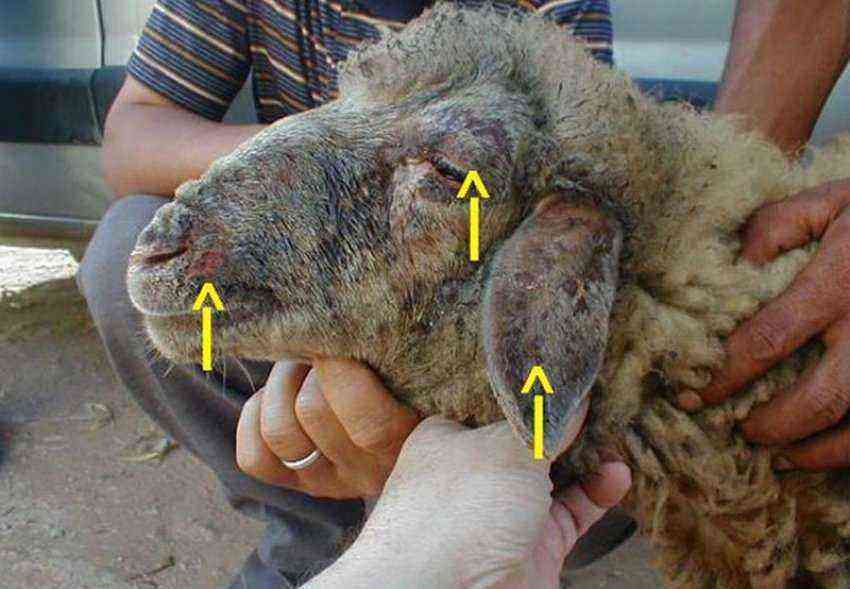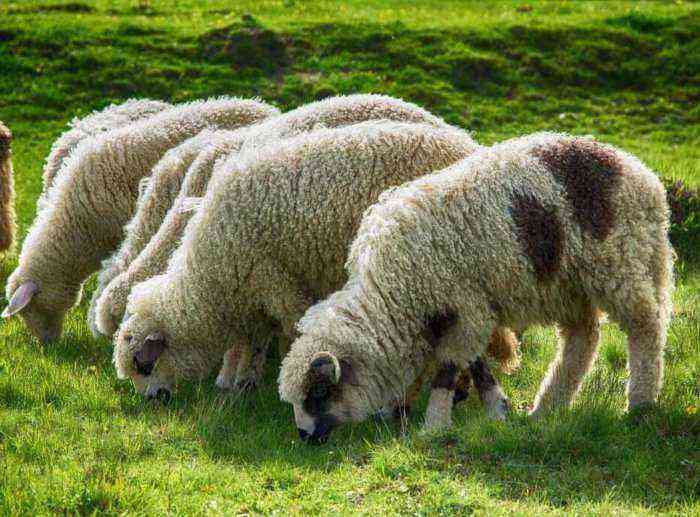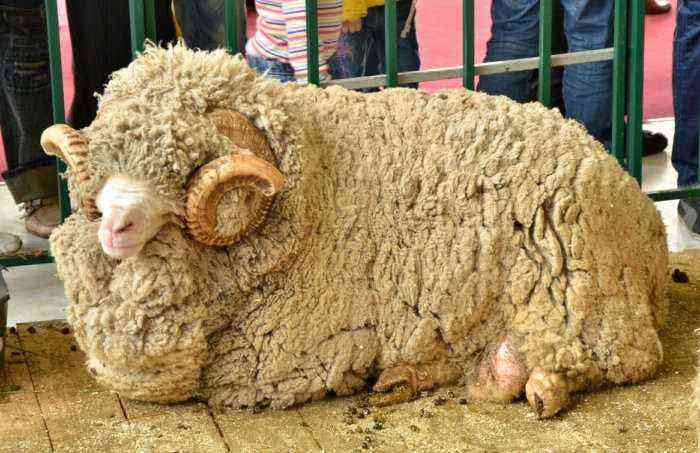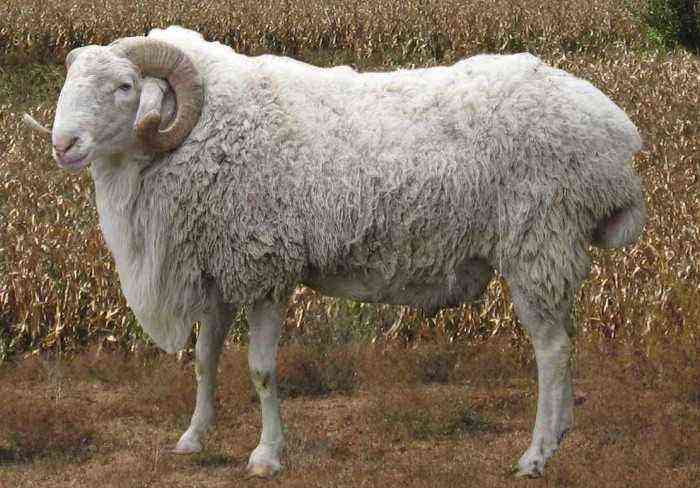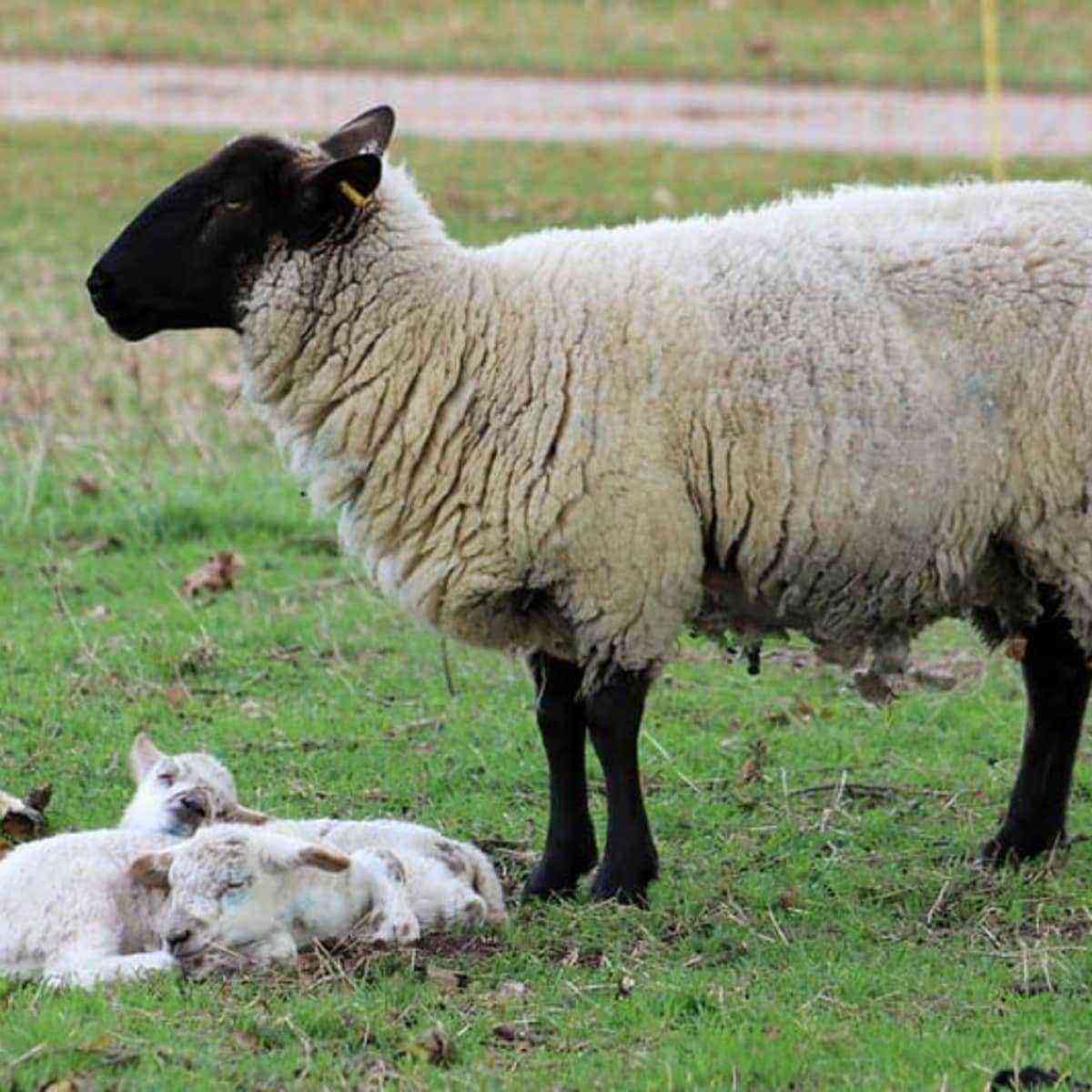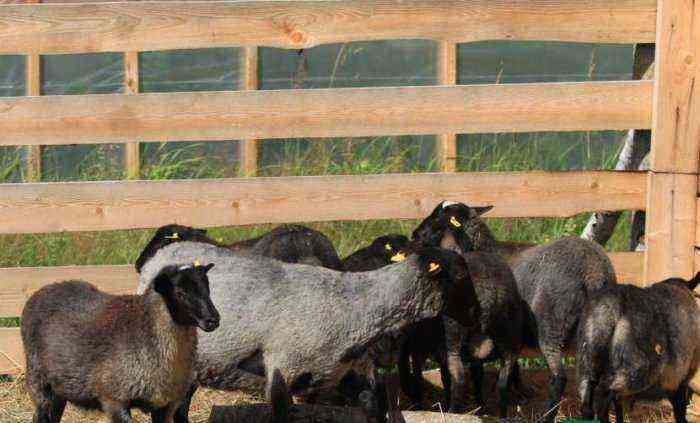Sheep milk is an additional source of income for the farm. It is rarely consumed fresh due to its high fat content, but it is used to make fermented milk products and various types of cheese. The article will introduce readers to the breeds of sheep that give the most milk during the lactation period, and tell you how to properly milk these animals.
Sheep milk
Dairy breeds
It is worth mentioning right away that sheep are not bred for the sake of milk alone. These animals are used for wool and meat, and milk is just an additional source of income for the farmer. It is used to make cottage cheese, fermented baked milk, kefir and several varieties of cheese – cheese, ricotta or Roquefort.
Attention! It takes 30 liters of sheep’s milk to make 100 kilograms of cheese.
These products are nutritious and healthy – they contain vitamins of group B, A, as well as calcium and phosphorus. The last element is present in the product in the amount necessary for better absorption of calcium salts. Dairy breeds of sheep are those that are able to produce a lot of milk during the lactation period. These include:
- East Frisian (East Frisian);
- gypsy;
- lacaune;
- avassi;
- assaf.
East Friesian breed
East Friesian sheep were bred in northeastern Germany. They are used in three directions – meat, wool and dairy. The udder of the representatives of this breed is large, with well-developed lobes, due to which they are able to produce 300-600 liters of milk per lactation. The amount of protein in it reaches 5%, and fat – 6-8%. It is from it that ricotta and roquefort cheeses are made.
East Friesian sheep
The weight of the ewe reaches 65-90 kg, and the annual shearing of wool from East Frisian sheep is up to 5 kg. Females are fertile – the increase in livestock annually is 225%. Another advantage of these sheep is their rapid weight gain. On average, the body weight of lambs per day increases by 300-500 grams.
Reference. East Friesian sheep are demanding in terms of keeping conditions, quality of food and need a good walking.
Цигайская
Tsigai is one of the most ancient breeds of sheep, its homeland is Asia Minor. These animals are characterized by strong immunity and are able to adapt to various climatic conditions. For the winter they are transferred to koshary, but at the same time they are not deprived of walking.
Lactation in females lasts 130 days. During this period, farmers manage to get 150-160 liters of milk with a fat content of 7-8%. Other productivity indicators of these animals are also high. The slaughter yield of meat is 50-52%, and the average annual wool shear from one adult ram reaches 6-7 kg.
Lacayoune
Lacaune sheep are native to France. They are distinguished by unpretentiousness, for which they are valued by farmers. These animals equally gain weight if they feed on scarce steppe pastures or fertile meadows.
Females feed their cubs for 150-160 days. During this time, it is possible to get 350 liters of milk from each ewe. Its fat content is 8%, and the amount of protein reaches 5,5%. After weaning the lambs from their mother, the production of milk in sheep declines, but farmers continue to receive a valuable product for another month.
Lacaune sheep
Avassi
Syrian breed of sheep, which is now bred in almost all Arab countries. Its representatives are extremely hardy, as for centuries they were forced to lead a nomadic lifestyle and eat sparse vegetation. Awassi sheep can go without food and water for several days.
Even being in adverse conditions, these animals are able to provide sheep breeders with milk. Their milk yields reach record highs – 300-350 liters per lactation.
Attention! If Awassi sheep are provided with good conditions and a nutritious diet, their milk production will double.
Assaf
The Assaf sheep breed is of Israeli origin. At home, she is the most popular. The progenitors of these animals were the East Frisian sheep and the Awassi. The indicator of milk productivity reaches 450 liters for 1 lactation period. But not only this can boast of representatives of the Israeli breed. They are also used in the meat direction, as the animals are early maturing, and their meat is tasty and nutritious.
Assaf sheep breed
How much milk does a sheep give per day?
Depending on the breed, sheep give from 1 to 3 liters of milk daily. We are talking about the period when the female has a lamb, because at other times milk is not produced in the udder. On average, a sheep feeds its cubs for 3-4 months. During this period, milk can be obtained from it.
Novice sheep breeders are interested in whether a sheep gives milk all year round. No, It is Immpossible. When lambs are taken away from the female, milk production gradually decreases, this happens under the influence of hormones. By continuing milking after weaning the lamb, you can extend the lactation period for another 3-4 weeks, after which the ewe is allowed to rest. She needs to gain strength before the next mating and pregnancy.
Attention! Sheep give milk for 4-5 months after lambing.
How are sheep milked?
Milking a sheep from which the lambs were taken away at an early age should be done twice a day – in the morning and in the evening. The process takes place in a stall. For convenience, it is worth equipping a special area the size of an animal, which has a fence on the sides.
Attention! In the place where sheep are milked, the floor is made at a slight slope so that the front limbs of the animal are located on a raised platform.
How to milk a sheep, instructions:
Shepherds milk sheep
- The milkmaid sits on a chair on the side of the sheep closer to the croup.
- A container is placed under the udder to collect milk. Before milking, it is thoroughly washed and doused with boiling water.
- The bucket is covered with clean gauze, folded in half.
- Before pumping, the milkmaid washes her hands with soap, and the udder of the lamb is washed with warm water and dried with a towel.
- The mammary gland should be kneaded with light massaging movements. The massage lasts no longer than a minute, it promotes the production of oxytocin, a hormone due to which milk arrives in the udder.
- Immediately after this, the milkmaid starts milking. She takes two nipples in her hands and alternately squeezes them with her fingers.
Important! The first streams are poured into a separate container to check the quality of the milk. If it has a watery consistency, or it contains curdled flakes, blood, the sheep should be examined for mastitis.
When both lobes are empty, pumping is performed from the other nipples. The milking time of a sheep is 3-5 minutes. After the udder is washed again with warm water and carefully wiped with a towel. The collected milk is filtered again.
When choosing a breed of sheep for breeding, it is important to determine not only the direction of productivity. It is necessary to take into account how animals are adapted to the local climate, whether they are demanding on food, what is their immunity. The success of the farmer depends on all these factors.
